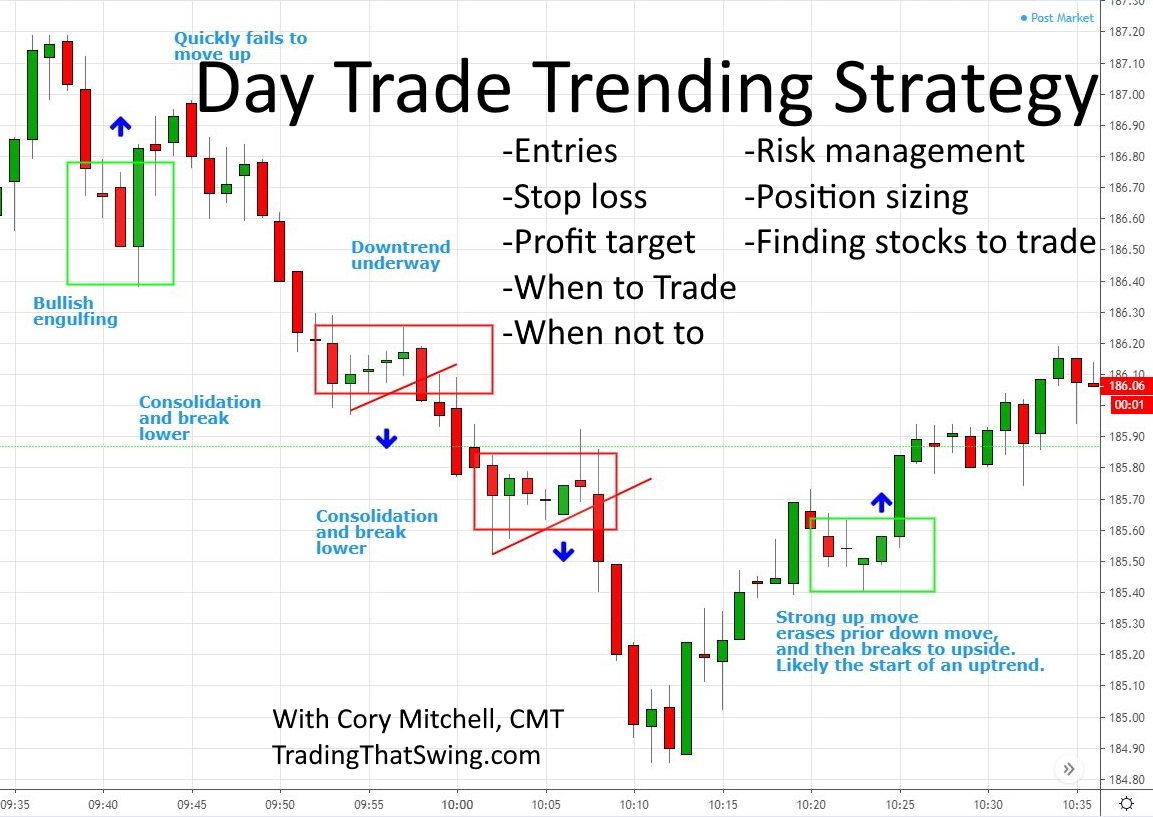How to day trade stocks?

Day trading is a trading strategy that involves buying and selling financial instruments, such as stocks, within the same trading day. Day traders aim to take advantage of short-term price fluctuations and make profits from intraday price movements. Here are some steps to help you get started with day trading:
Education and Research: Acquire a solid understanding of the stock market, trading concepts, and technical analysis. Study various day trading strategies, chart patterns, indicators, and risk management techniques. Familiarize yourself with the rules and regulations governing day trading in your jurisdiction.
Set Up a Trading Plan: Develop a trading plan that outlines your trading objectives, risk tolerance, preferred trading time frame, and the types of stocks or markets you want to trade. Establish clear entry and exit criteria based on your strategy.
Select a Reliable Trading Platform: Choose a reputable online brokerage platform that provides access to real-time market data, fast execution, and trading tools suitable for day trading. Ensure the platform offers reliable order placement and risk management features.
Practice with a Demo Account: Before trading with real money, consider using a demo account provided by your broker to practice your day trading strategies. This allows you to gain experience and test your trading plan in a risk-free environment.
Set Up Risk Management Measures: Establish risk management guidelines to protect your capital. This may include setting a maximum loss limit per trade, using stop-loss orders to automatically exit losing trades, and managing position sizes relative to your account size and risk tolerance.
Identify Tradable Stocks: Focus on liquid stocks with sufficient trading volume and volatility that offer frequent intraday price movements. Look for stocks with catalysts such as earnings reports, news releases, or sector-specific events that can impact their prices.
Use Technical Analysis: Analyze price charts, patterns, and technical indicators to identify potential trade setups. Look for patterns such as breakouts, pullbacks, or reversals. Utilize technical indicators such as moving averages, MACD, RSI, or stochastic oscillators to confirm entry and exit points.
Develop Entry and Exit Strategies: Determine your entry points based on your technical analysis and trading plan. This may involve trading breakouts, trend reversals, or short-term price patterns. Set profit targets and exit points using stop-loss orders or trailing stops to manage risk and protect profits.
Continuously Monitor Trades: Once in a trade, closely monitor price movements, news, and market conditions. Be disciplined and stick to your predefined exit strategy. Avoid emotional decision-making and adjust your stop-loss and profit target levels as needed.
Learn from Each Trade: Keep a trading journal to record your trades, including entry and exit points, reasons for entering the trade, and outcomes. Analyze your trades to identify patterns, strengths, and weaknesses. Continuously learn and improve your trading skills based on your experiences.
Remember that day trading involves significant risks, including the potential for substantial financial losses. It requires discipline, careful risk management, and continuous learning. It's advisable to consult with a financial advisor or seek professional guidance when engaging in day trading activities.
Comments
Post a Comment